Introduction
This quiz is designed to help Appliance technicians learn, test their knowledge, or just provide a review of their existing knowledge of electrical theory as it applies to appliance repair. Each question will have an associated answer – helping solidify your knowledge of electricity. So let’s test your knowledge.
How Many Questions can you Get Right?
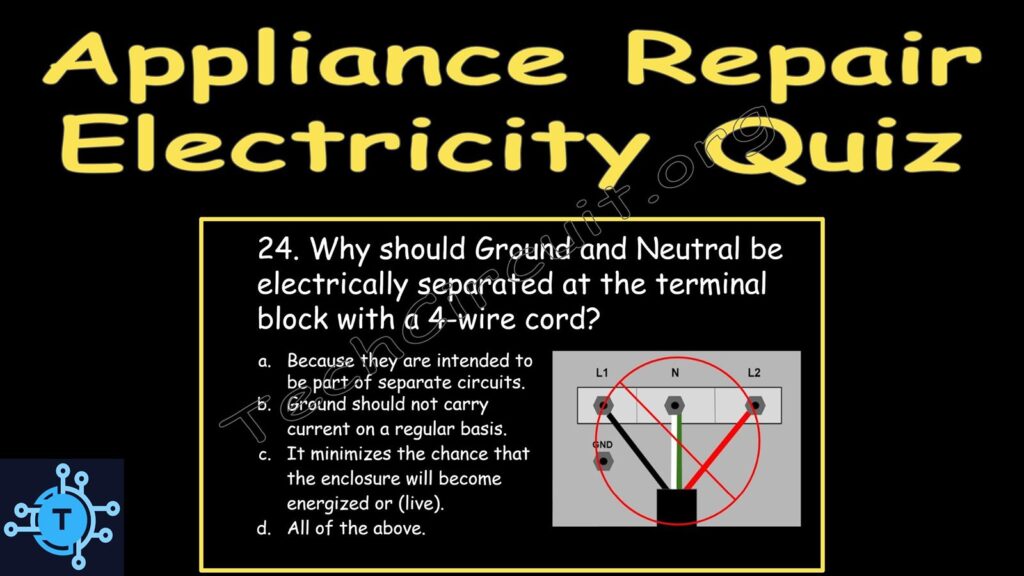

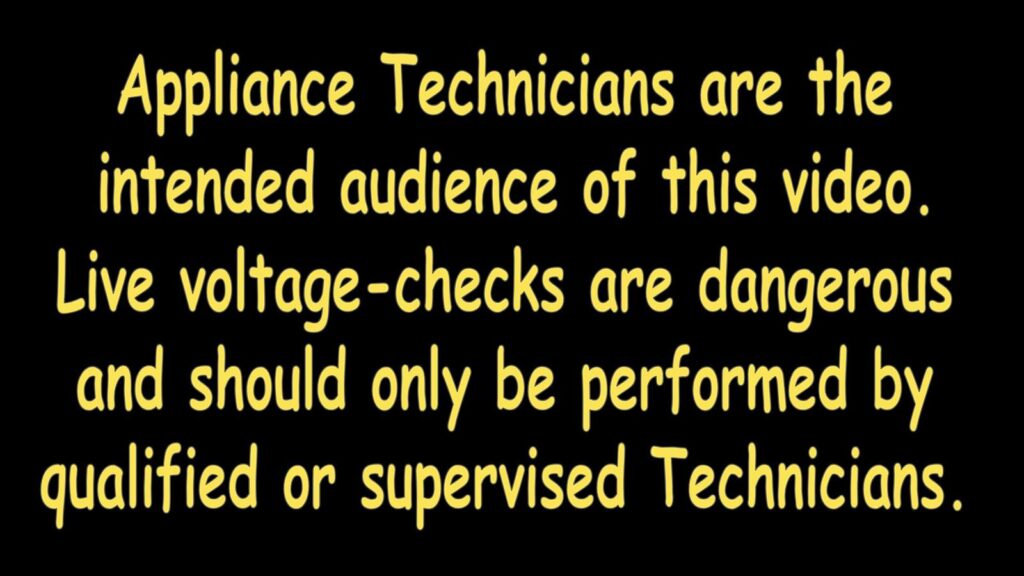
Question – What is voltage?
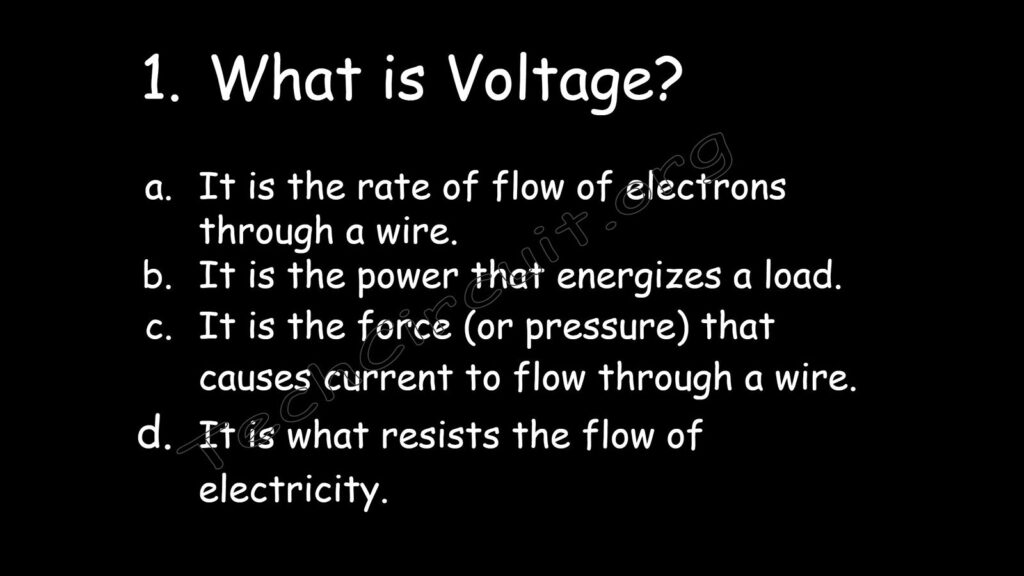
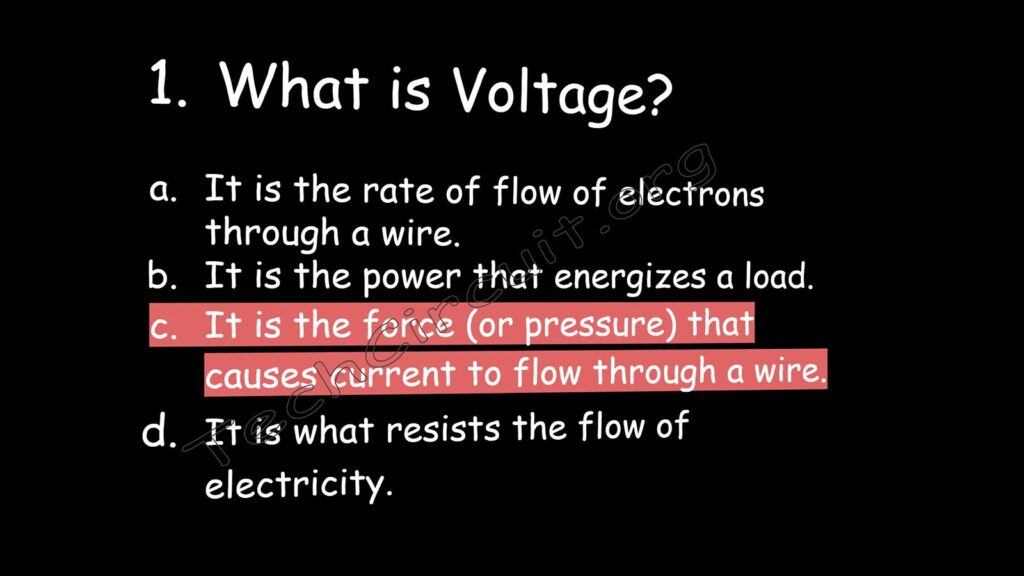
Question – What is Current?
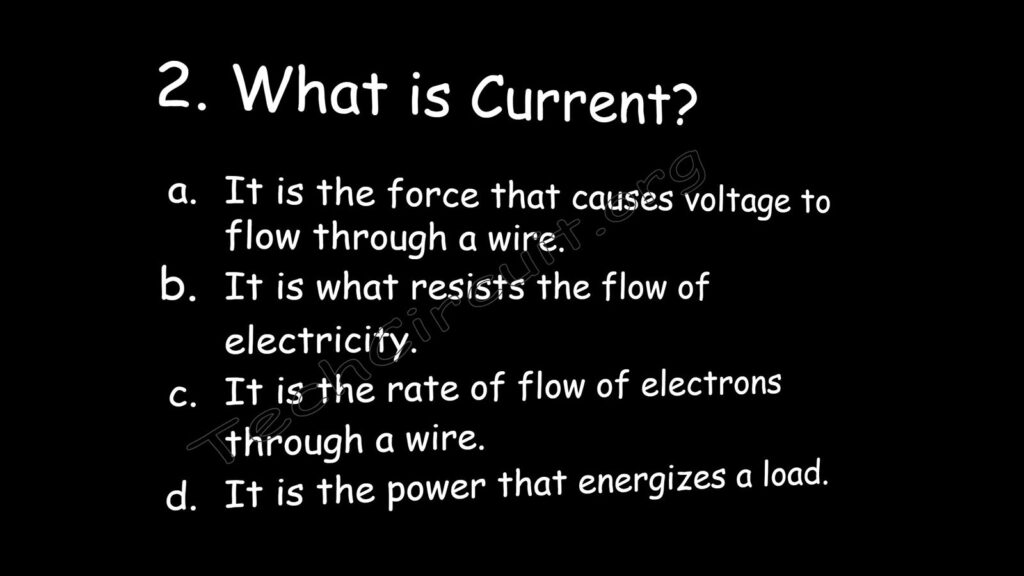
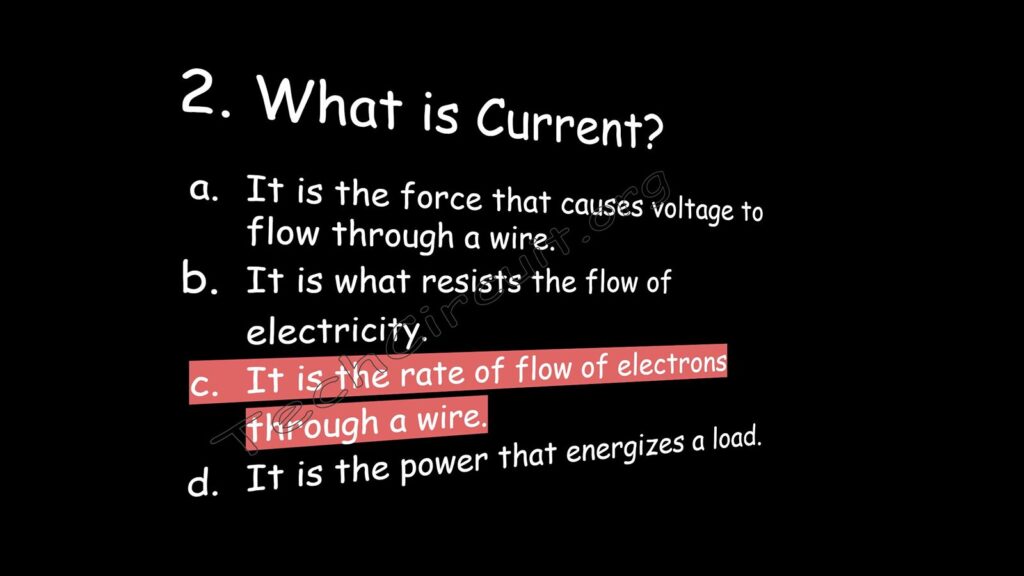
Question – What is true of voltage in current?
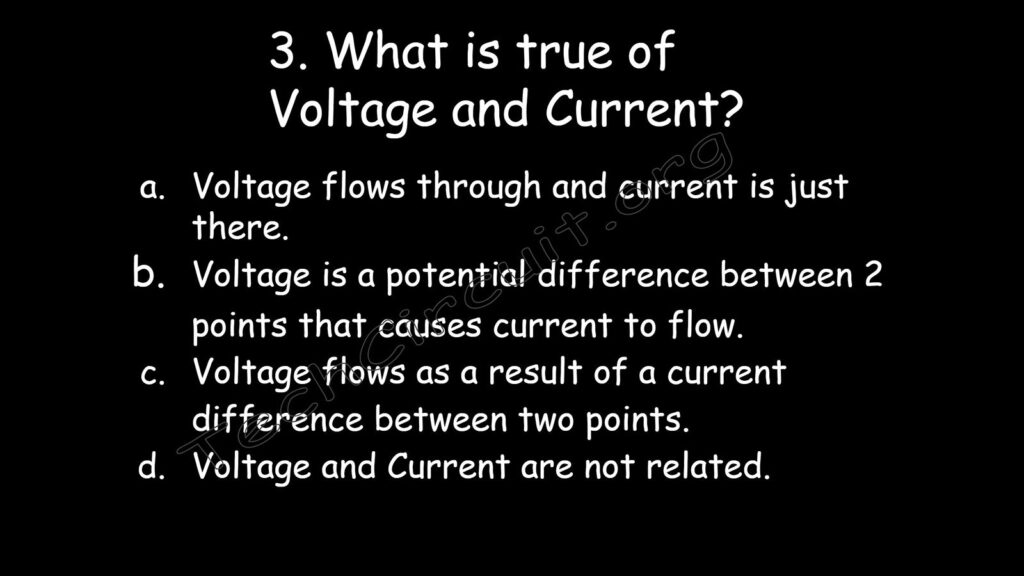
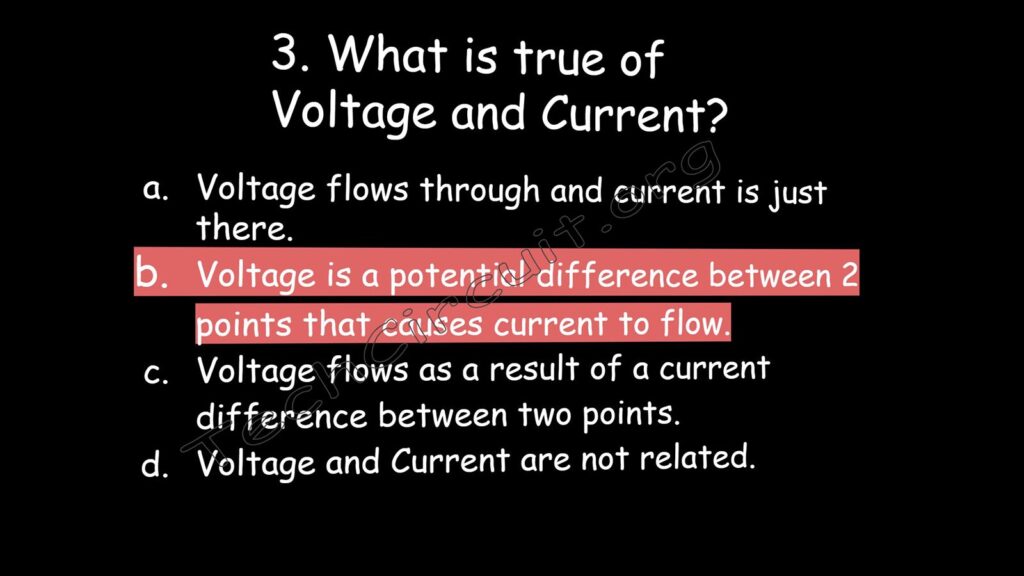
Question – What does the height of the water in the water analogy represent?
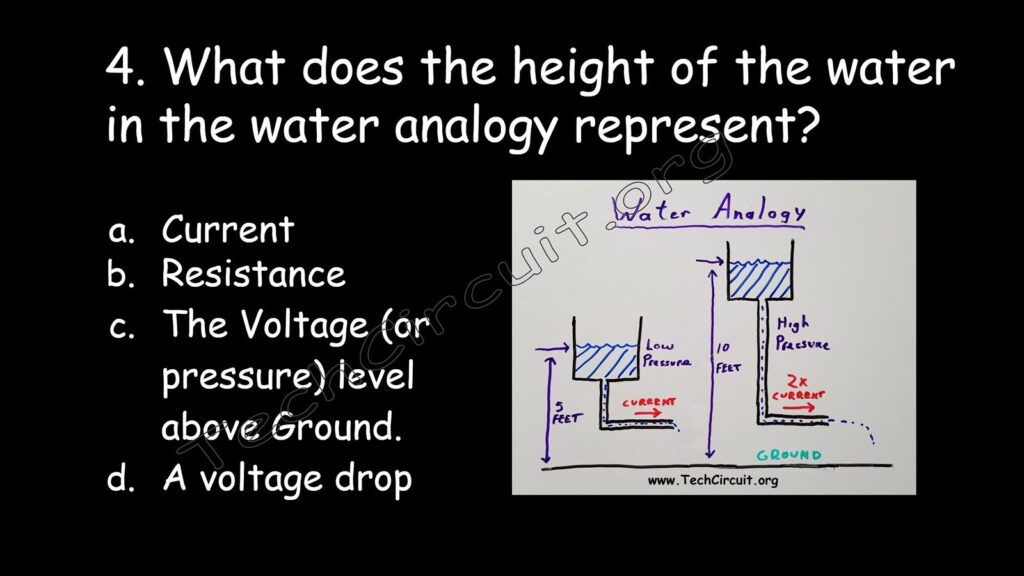
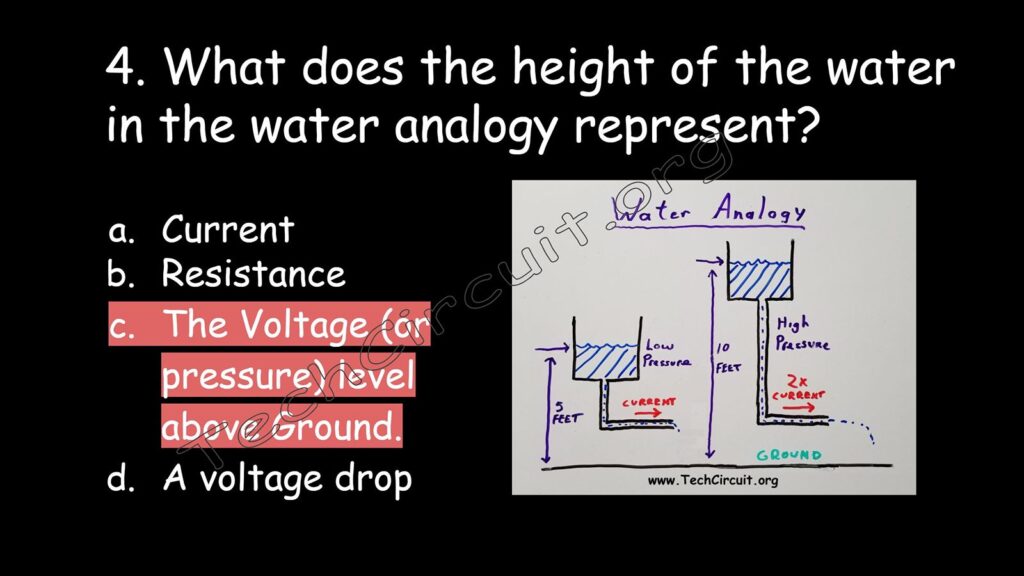
Question – What does the rate of flow of water in the water analogy represent?
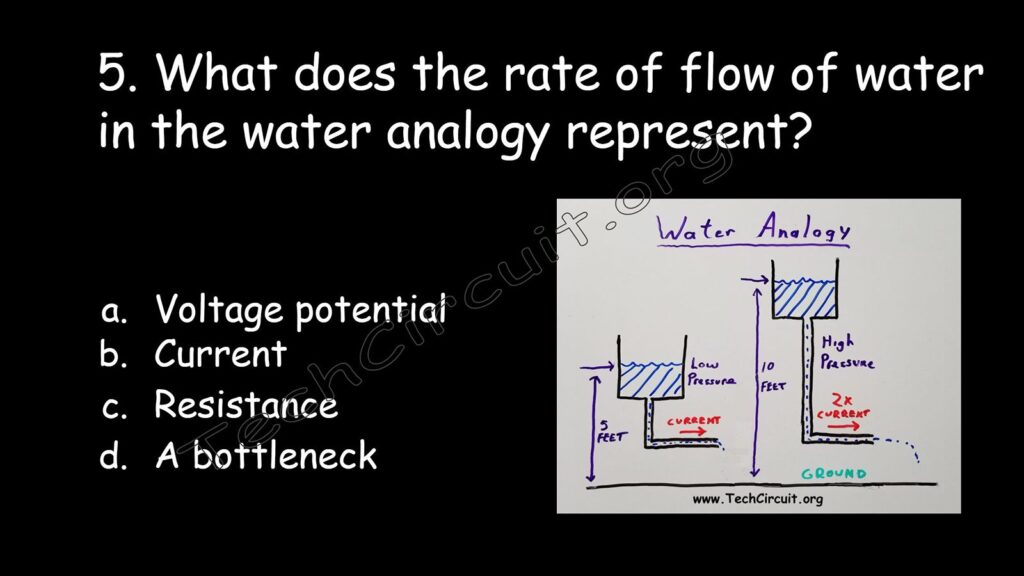
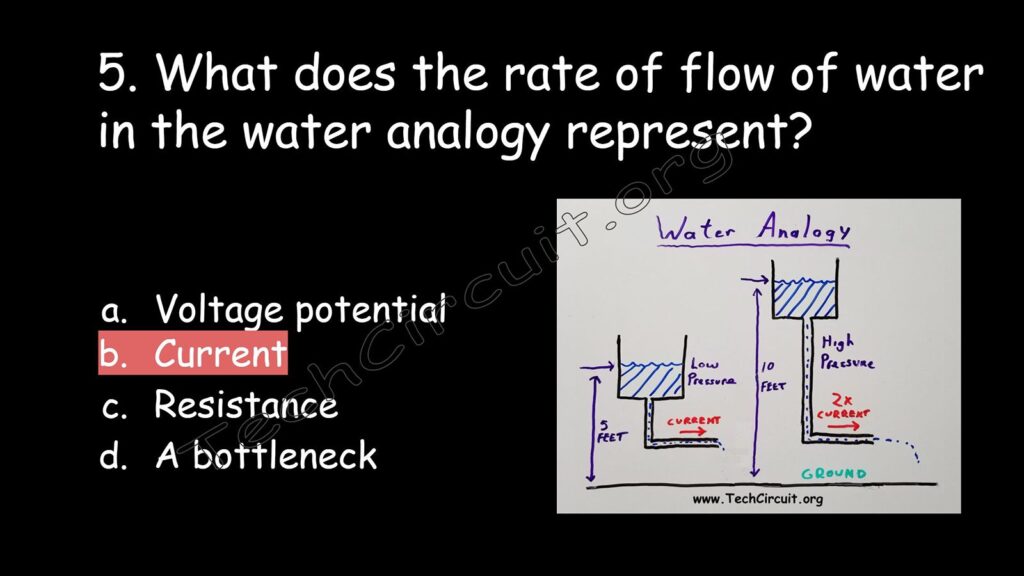
Question – What does the bottleneck in the water analogy represent?
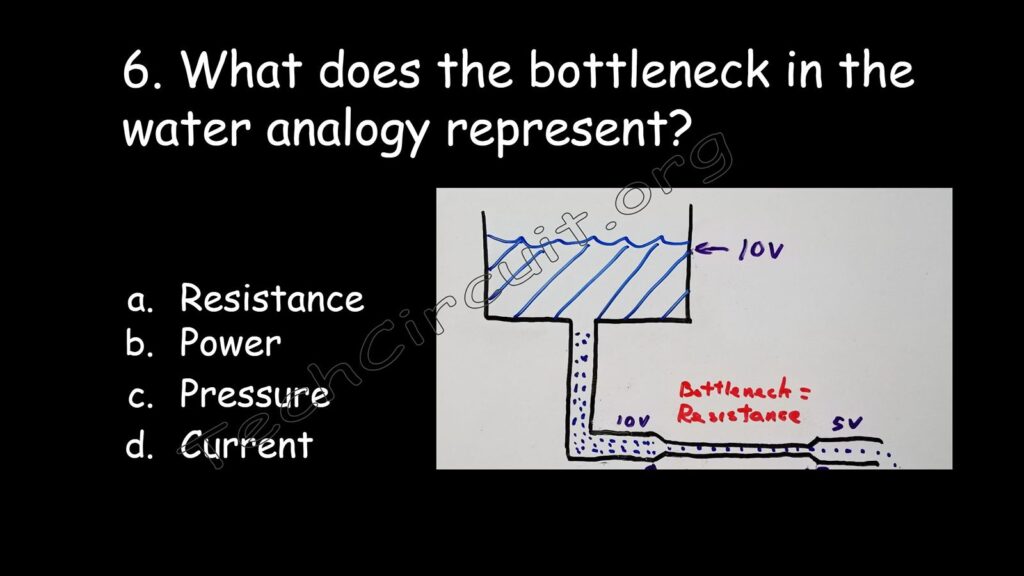
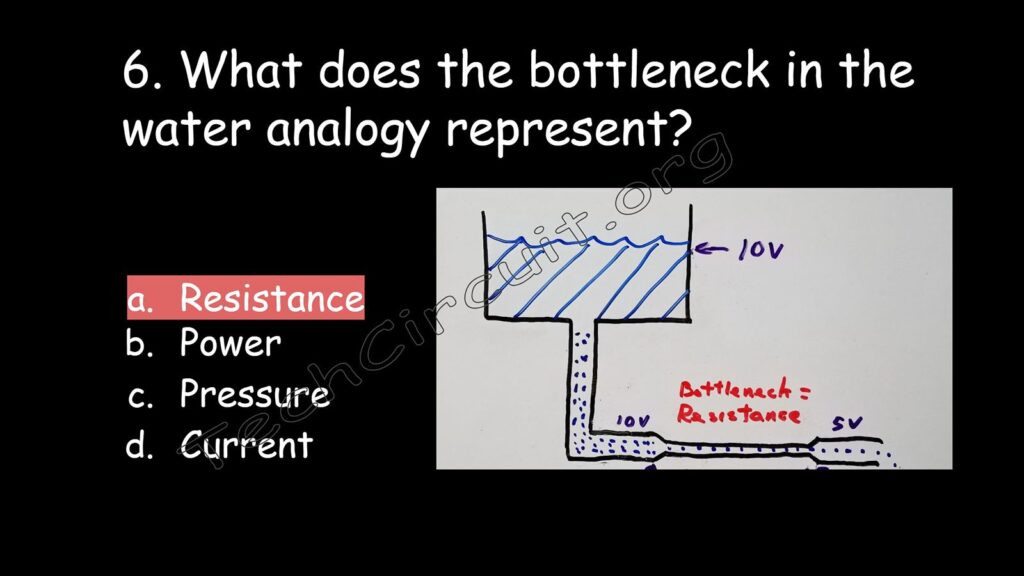
Question – In a circuit with more than one resistor in series how does voltage behave?
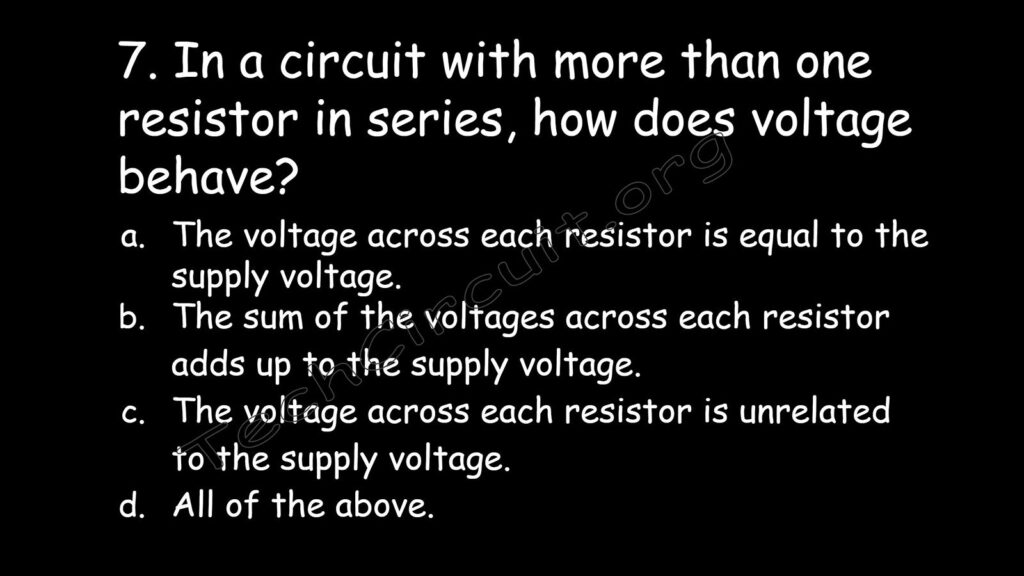
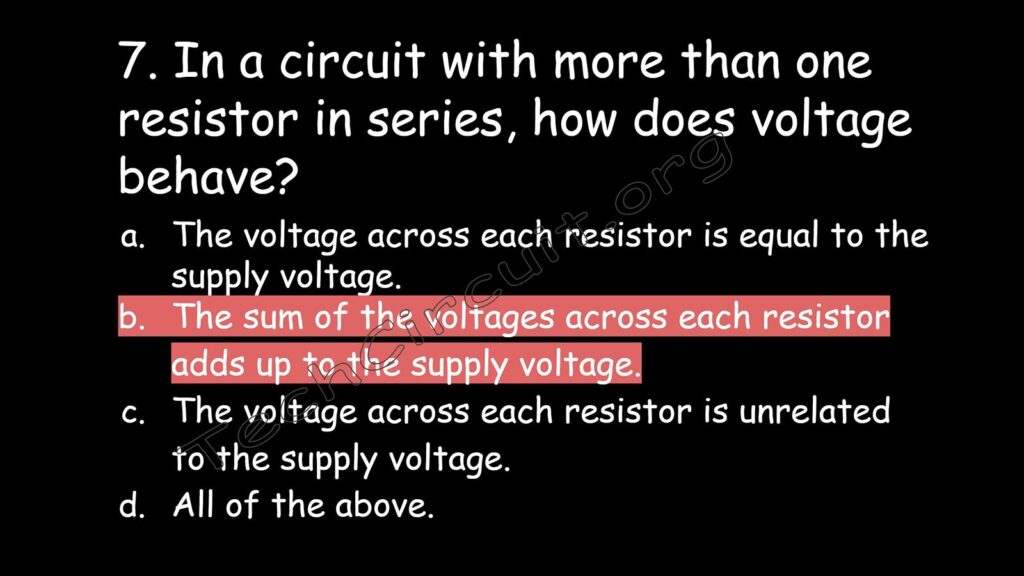
Question – In a series circuit with two resistors which resistor has the greatest share of voltage across it?
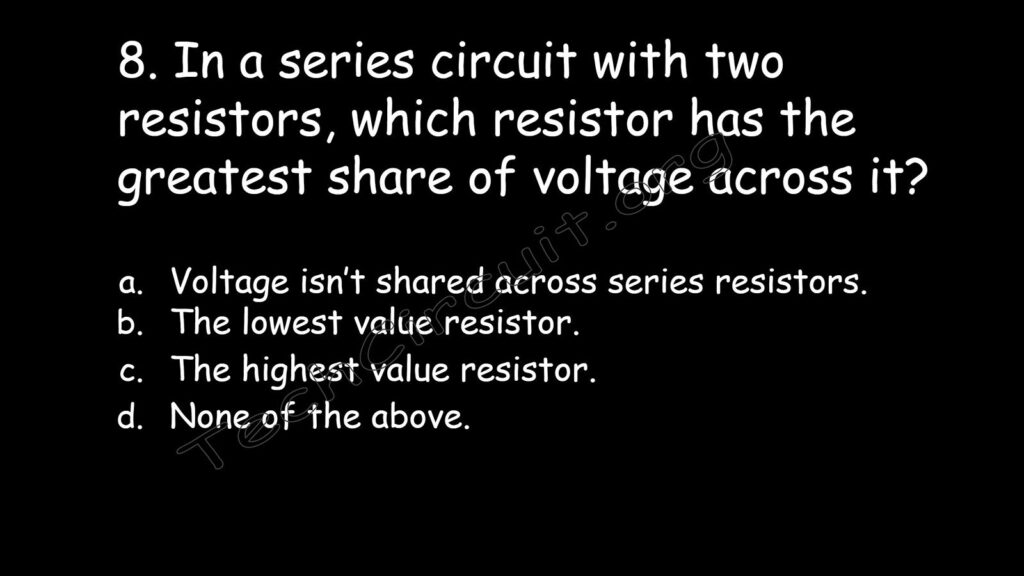
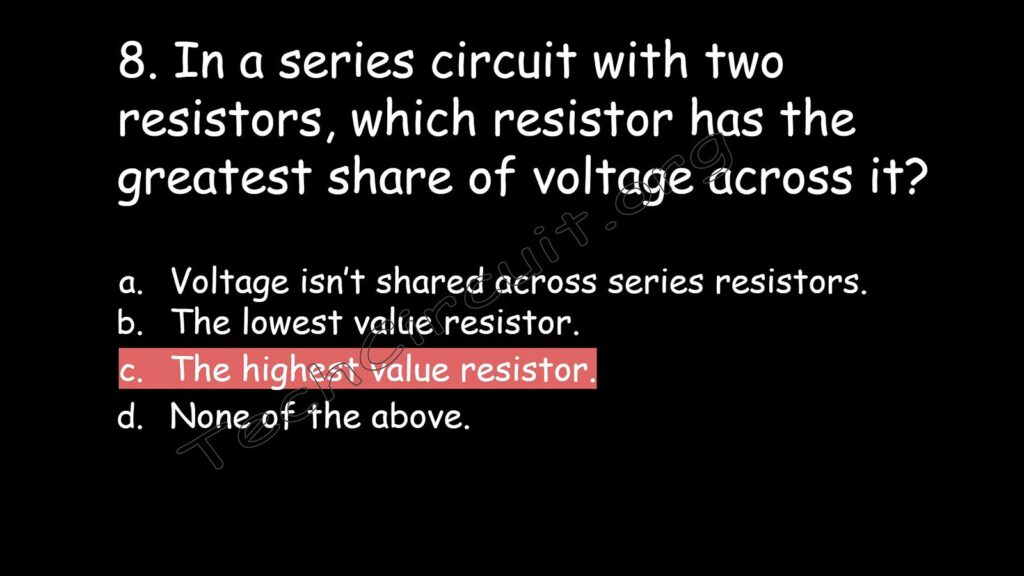
Question – How does current behave in a series circuit?
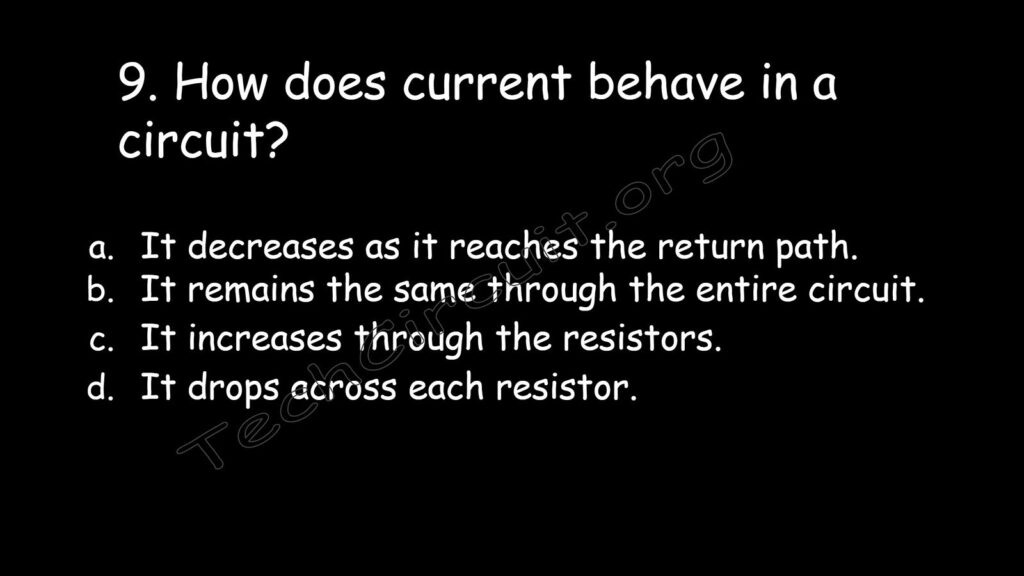
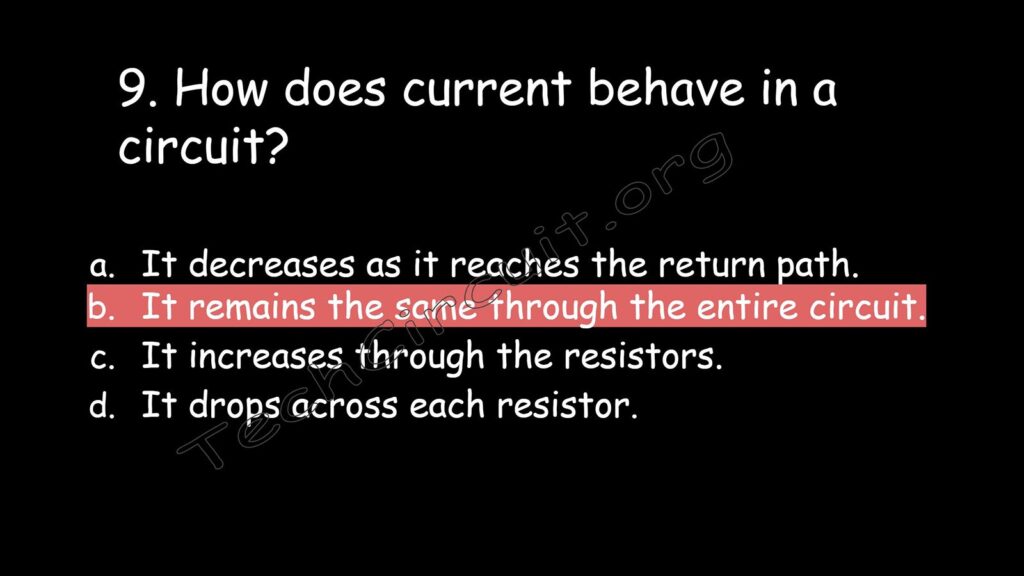
Question – In a circuit with more than one resistor in series how does current behave?
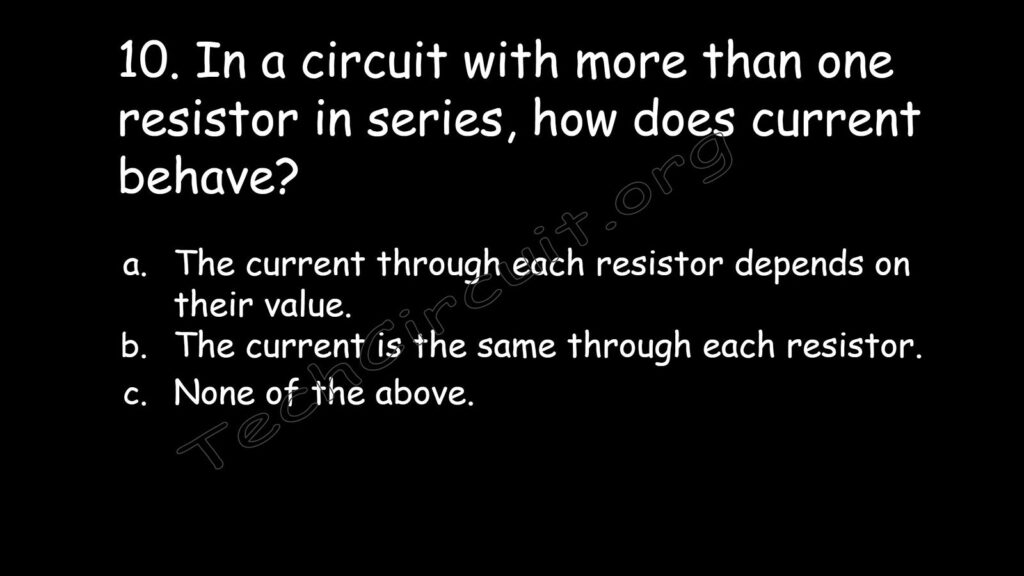
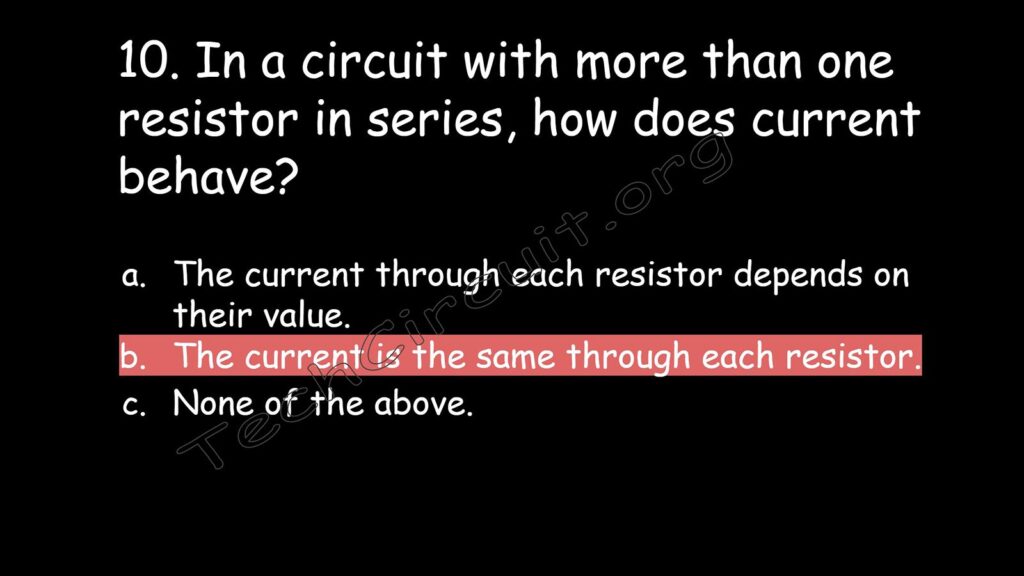
Question – In a circuit with more than one resistor in parallel how does current behave?
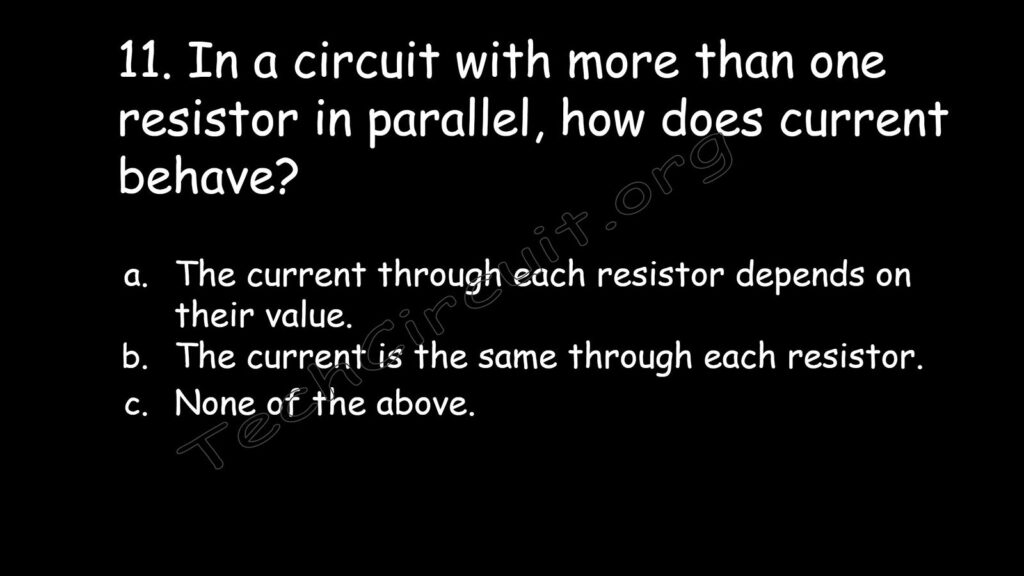
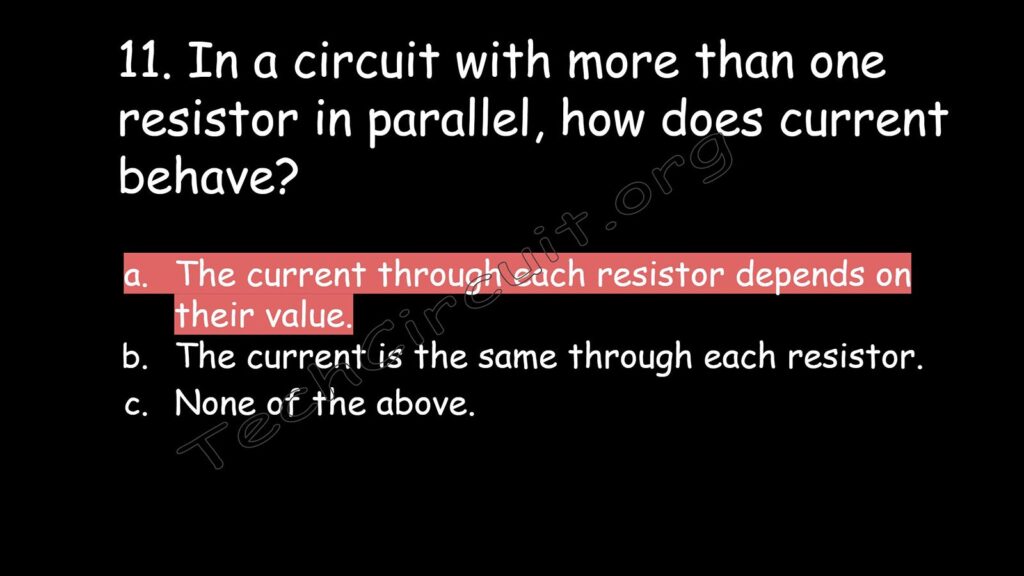
Question – What is the usefulness of a LoZ meter?
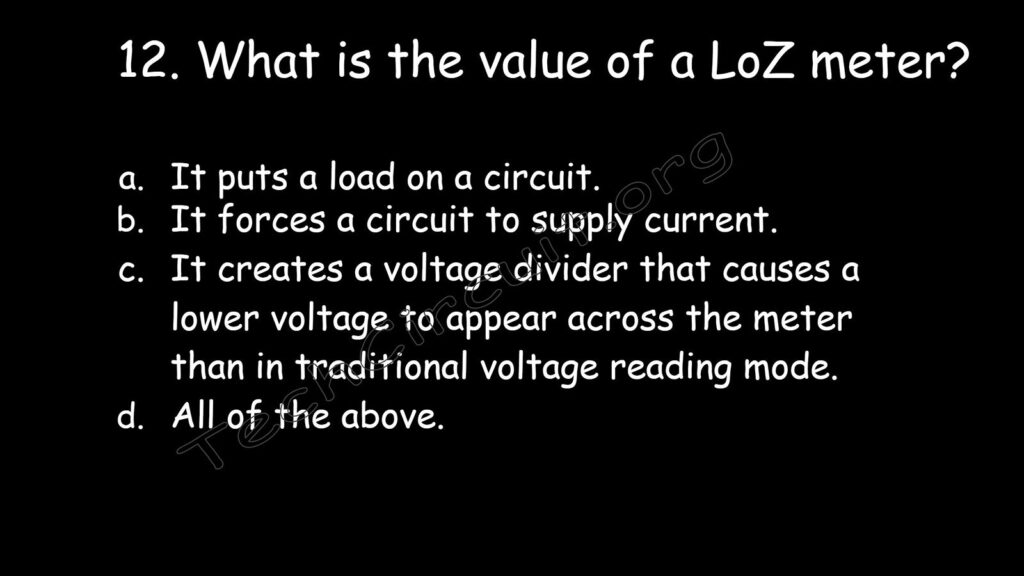
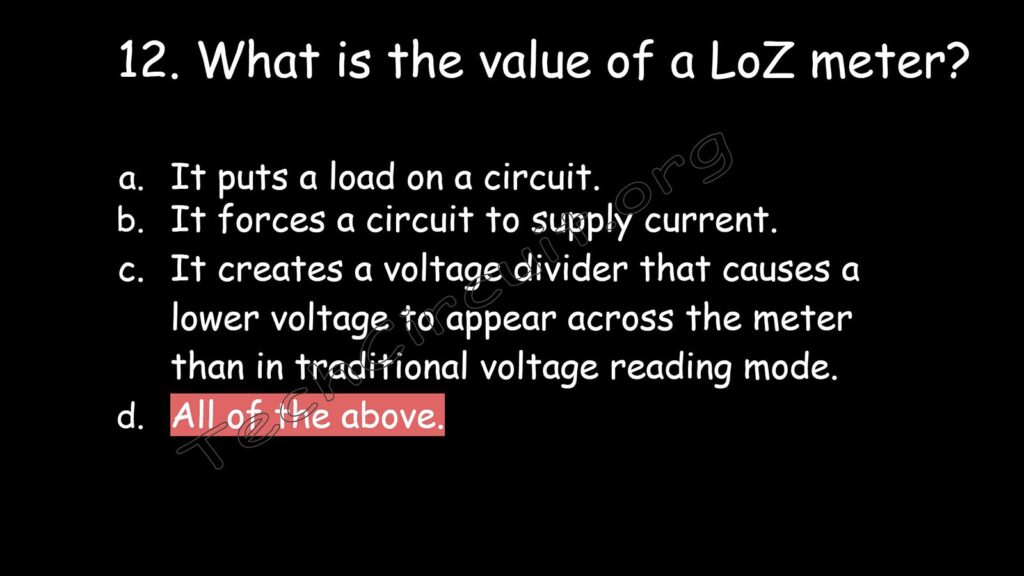
Question – What is wattage or power?
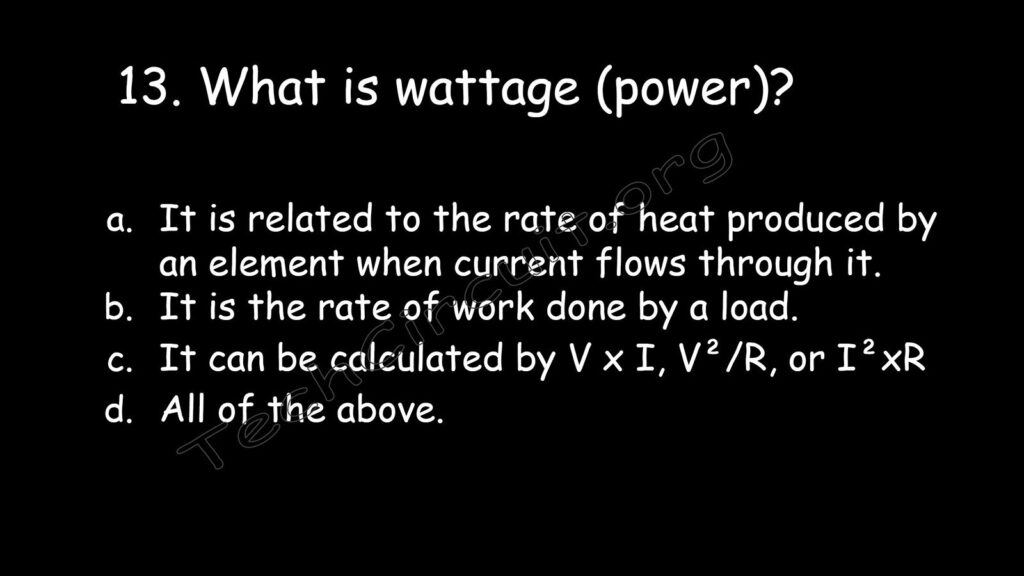
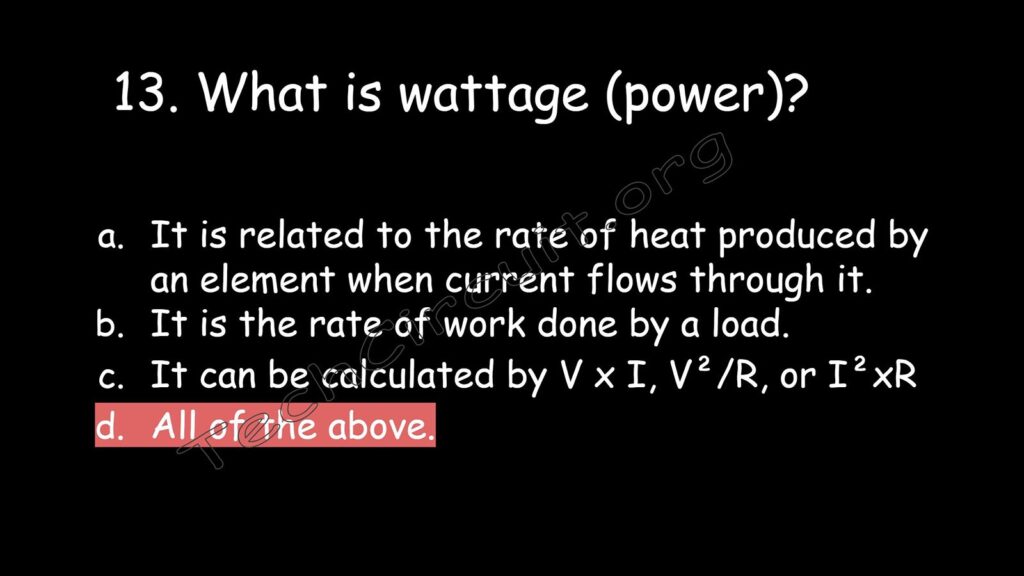
Question – If you have 240 volts across A10 ohm element how much current flows through that element?
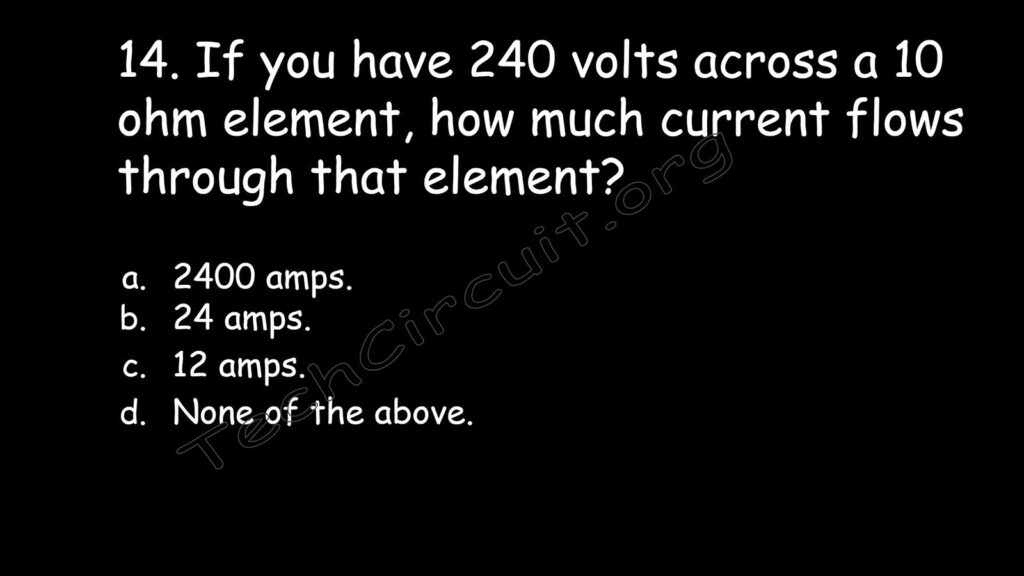
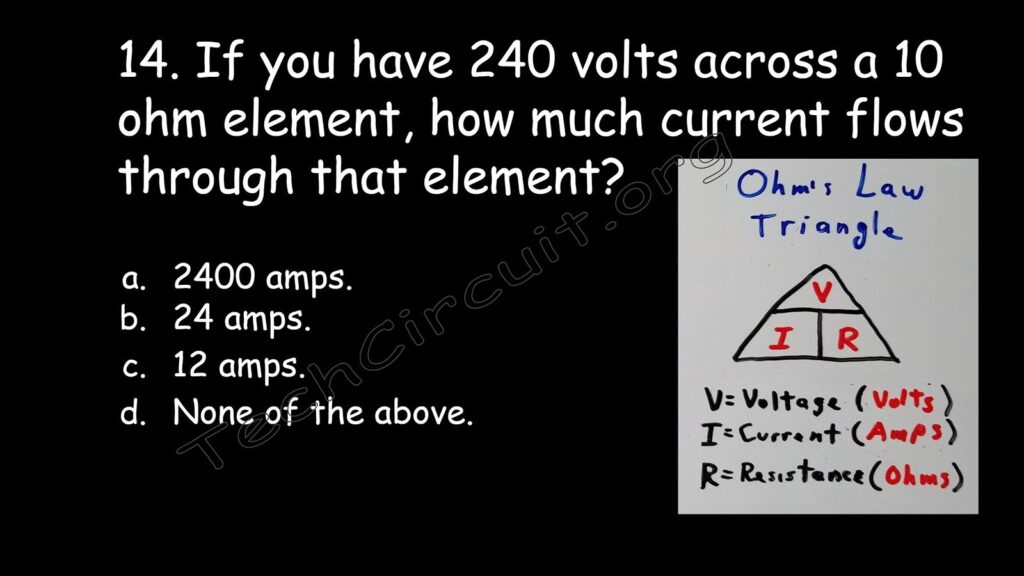
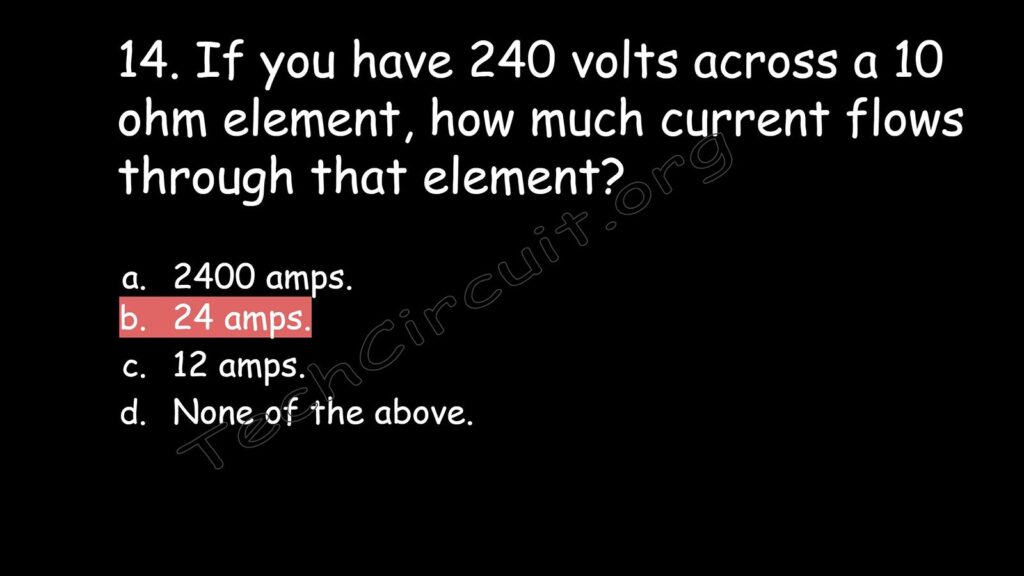
Question – Use Joule’s law to determine the wattage of the heating element.
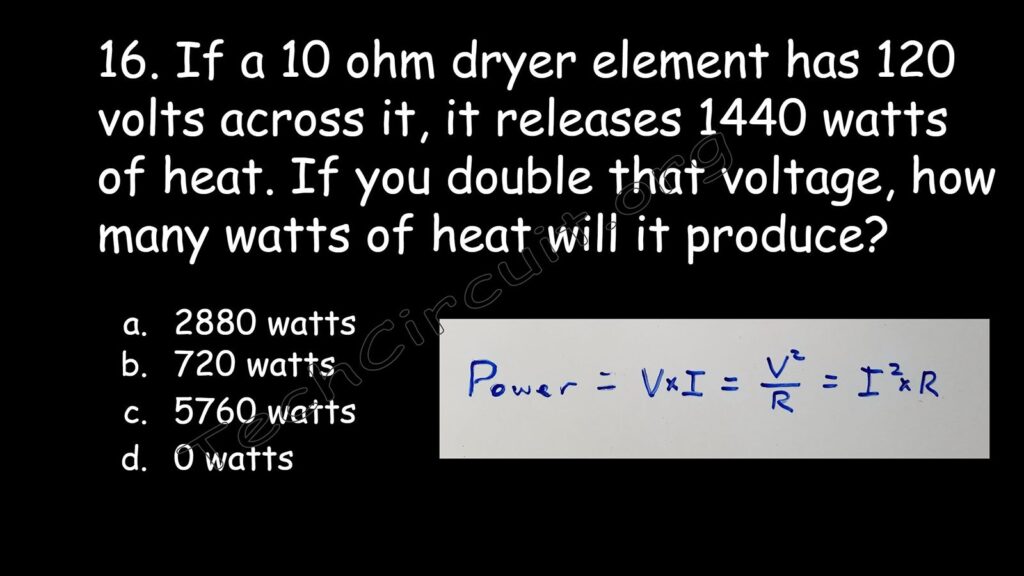
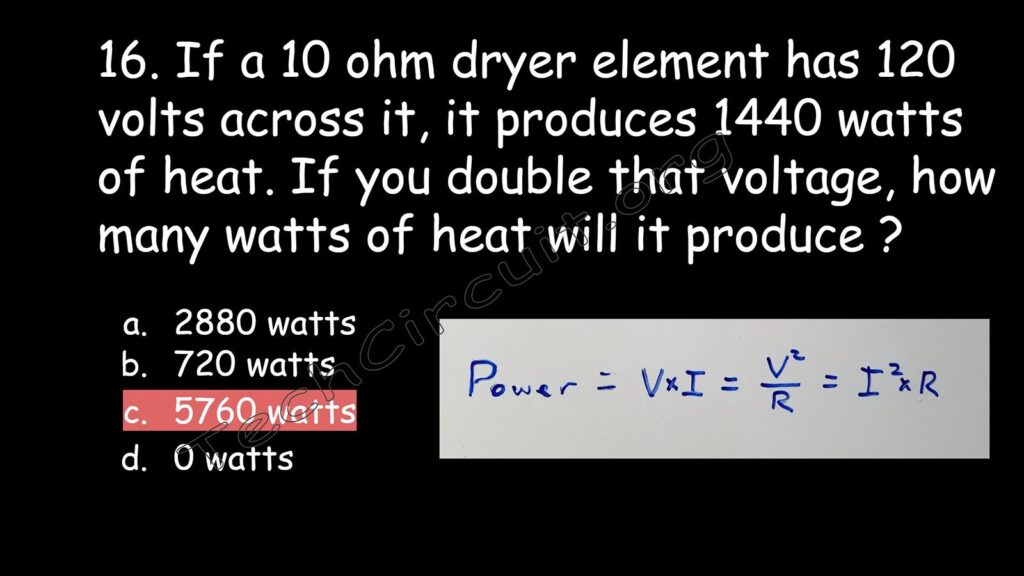
Question – Normally a 24 ohm bake element produces 2400 watts of heat at 240 volts if for any reason only 120 volts appeared across that element how many watts of heat will it produce?
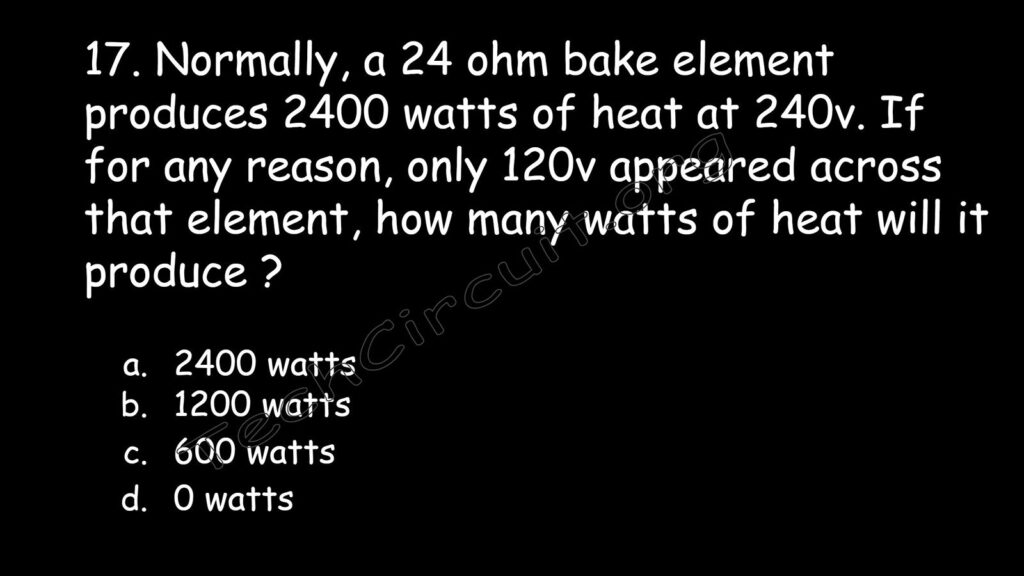
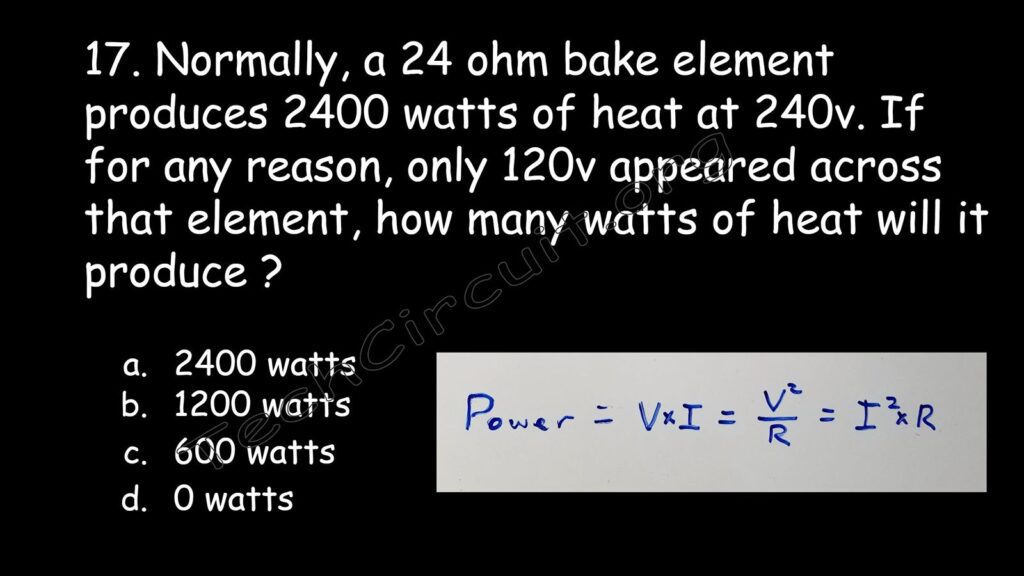
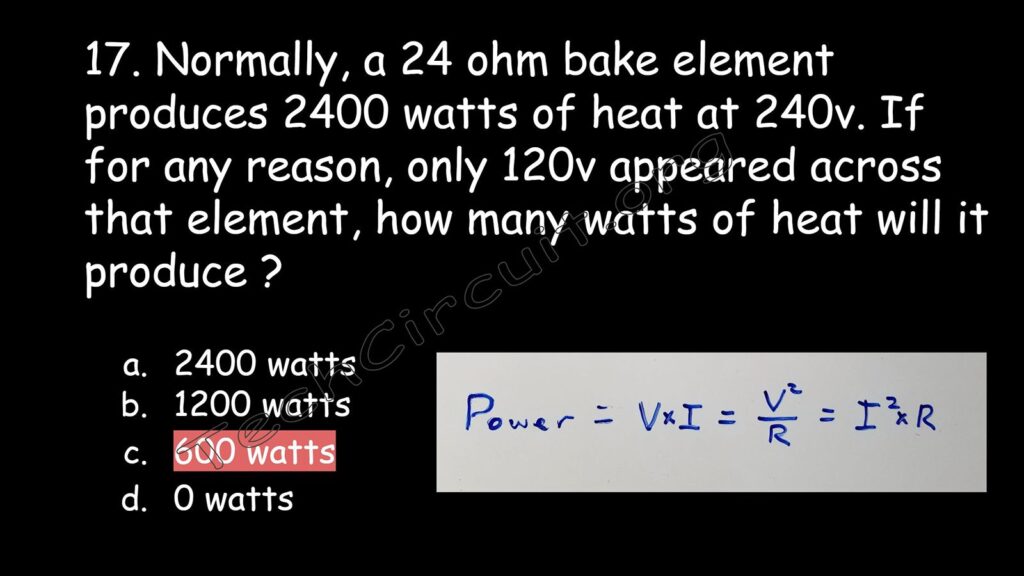
Question – How might this damaged cord affect a 240 Volt heat circuit?
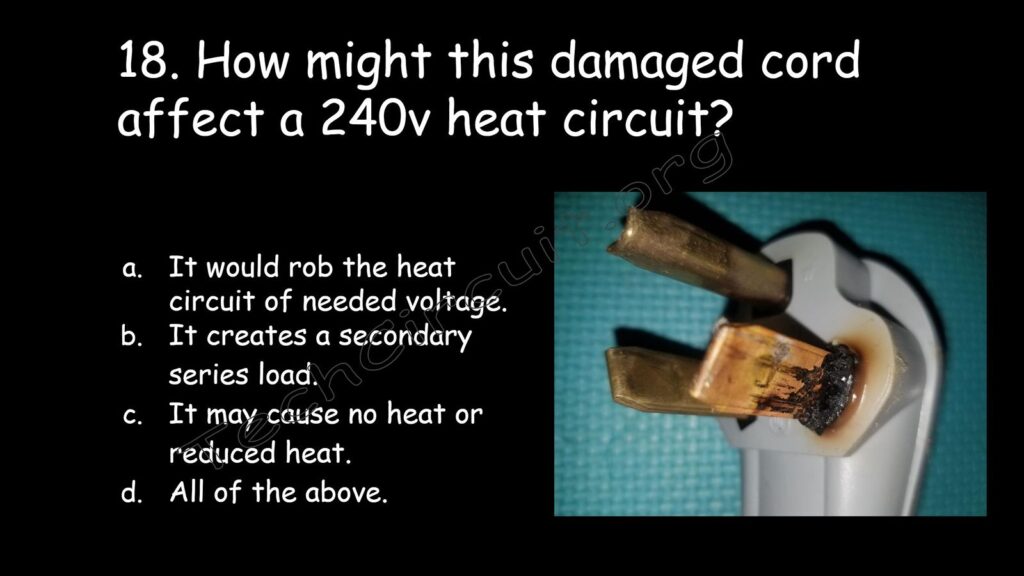
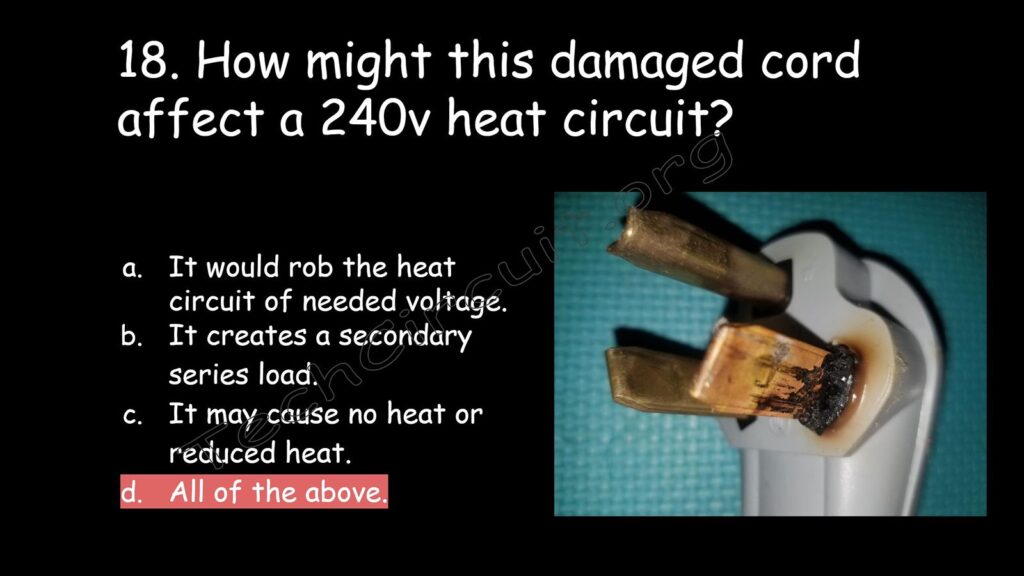
Question – What is the best reference to connect one lead of your voltmeter to when using voltage differences on a 240 Volt circuit?
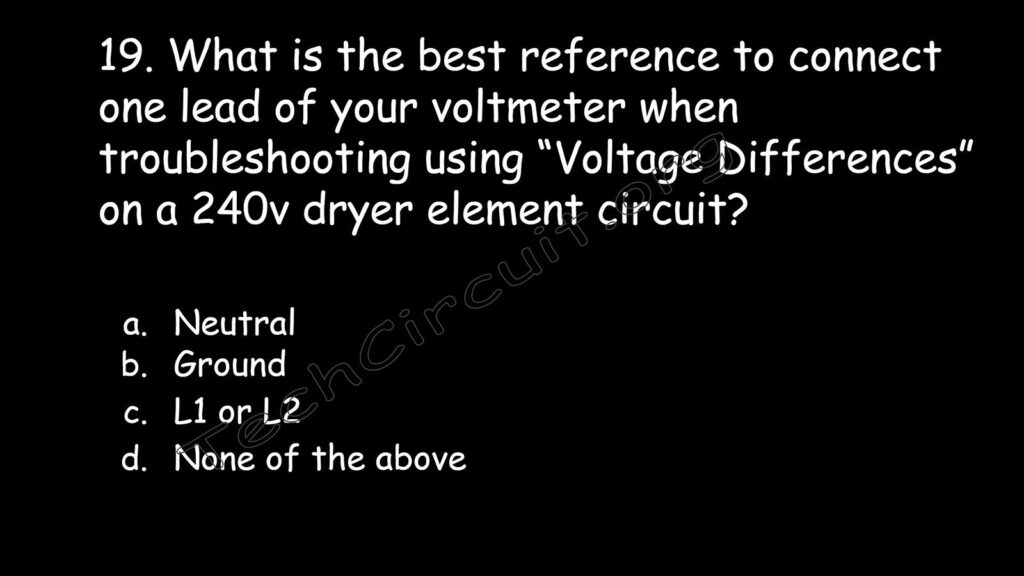
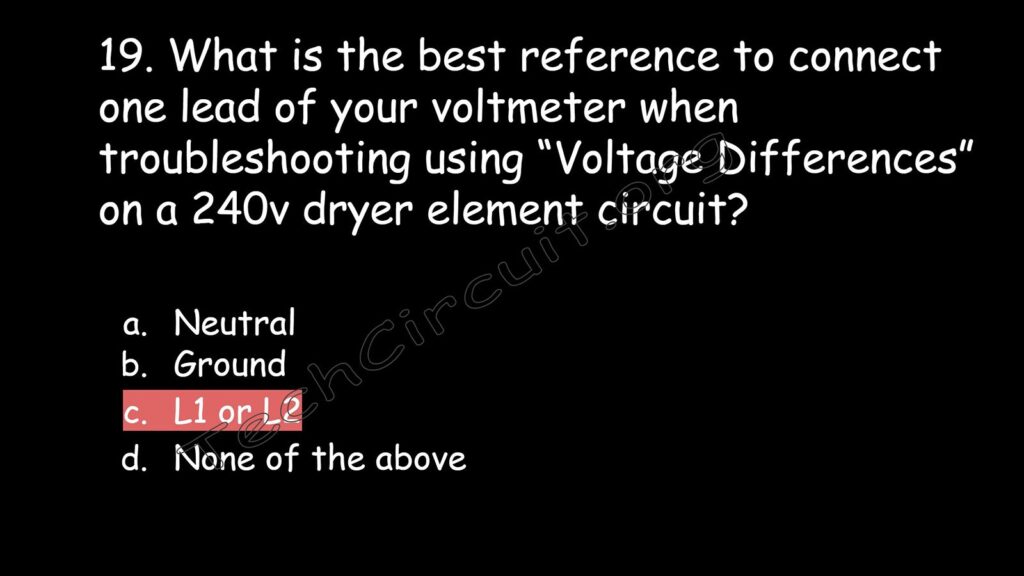
Question – Why should you avoid using neutral ground as a reference when troubleshooting to a 240 Volt circuit?
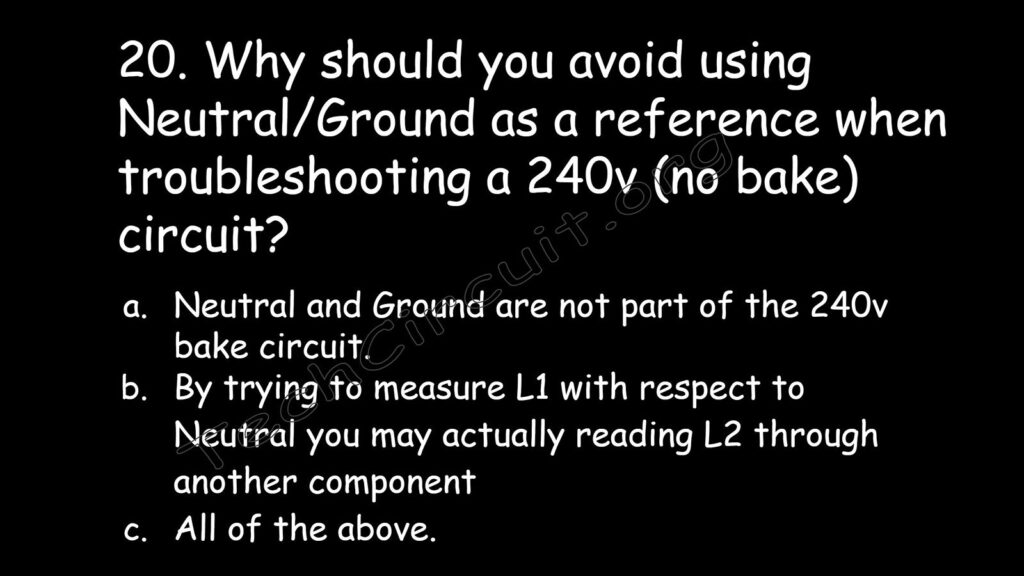
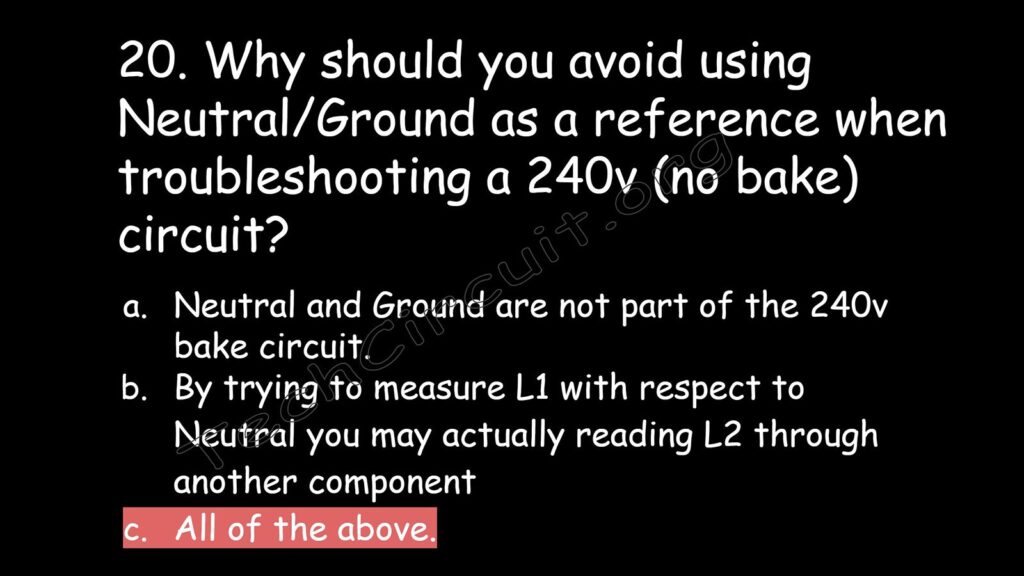
Question – What is the best reference to connect one lead of your voltmeter to when diagnosing using voltage differences on 120 Volt circuit?
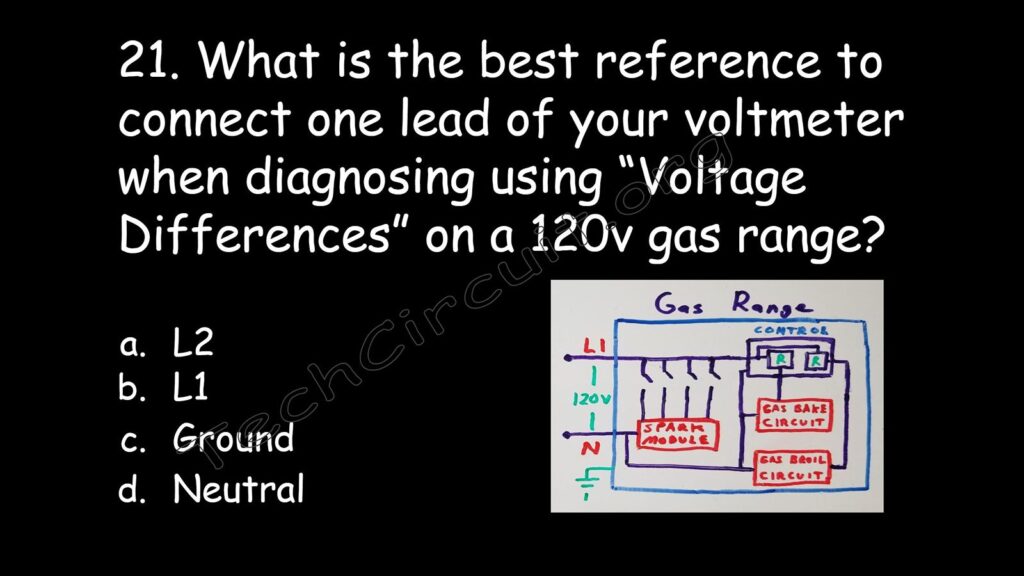
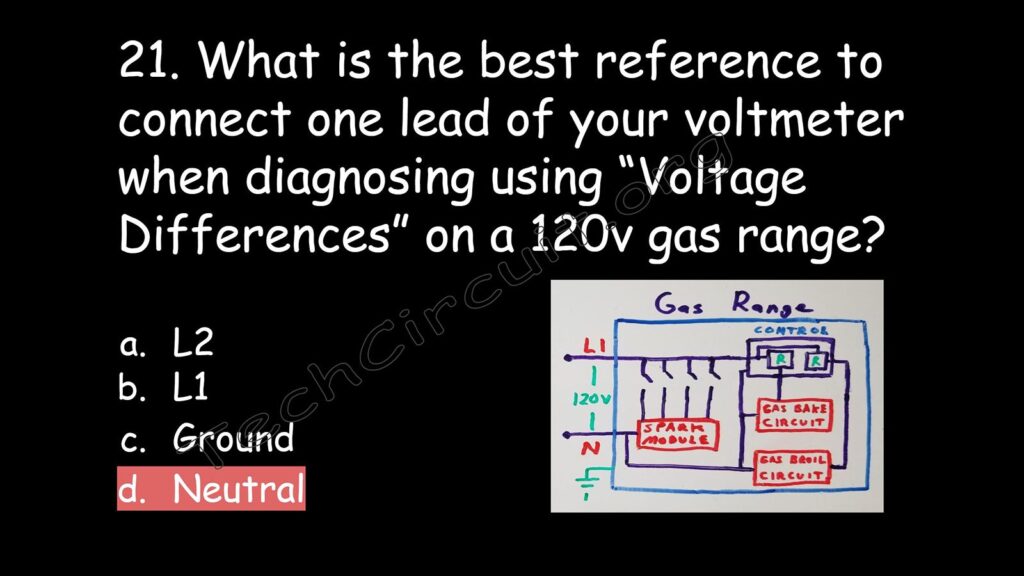
Question – If you have a 240 Volt dryer but want to use the voltage difference method to check the motor circuit what is the best terminal to reference at the terminal block?
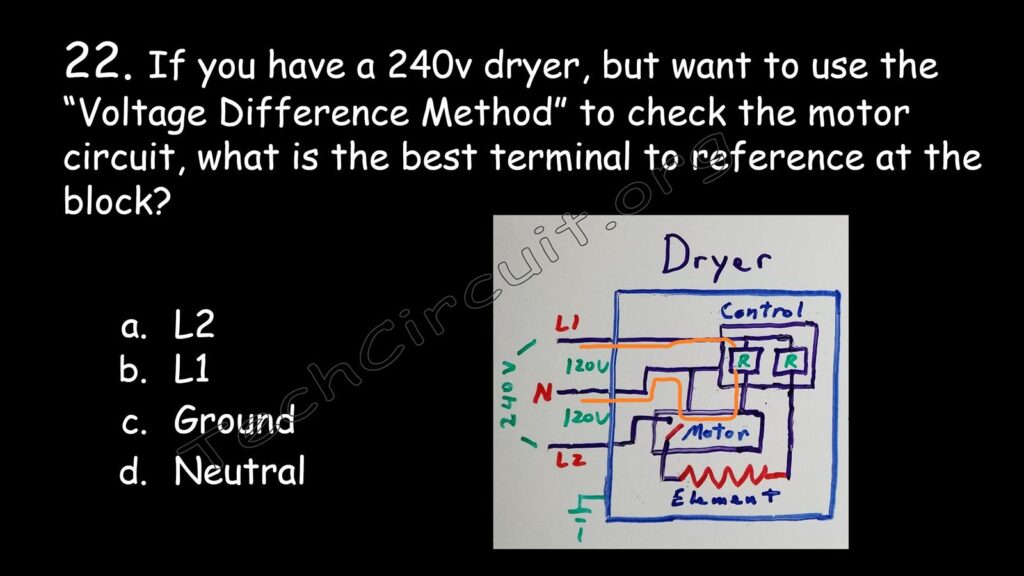
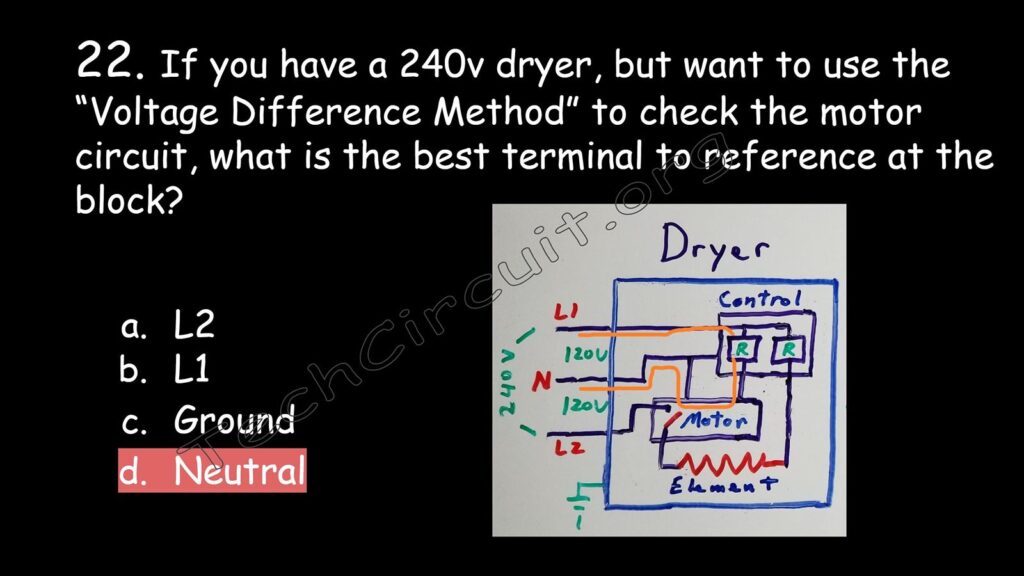
Question – What is one of the few instances when ground would be used as a reference when troubleshooting?
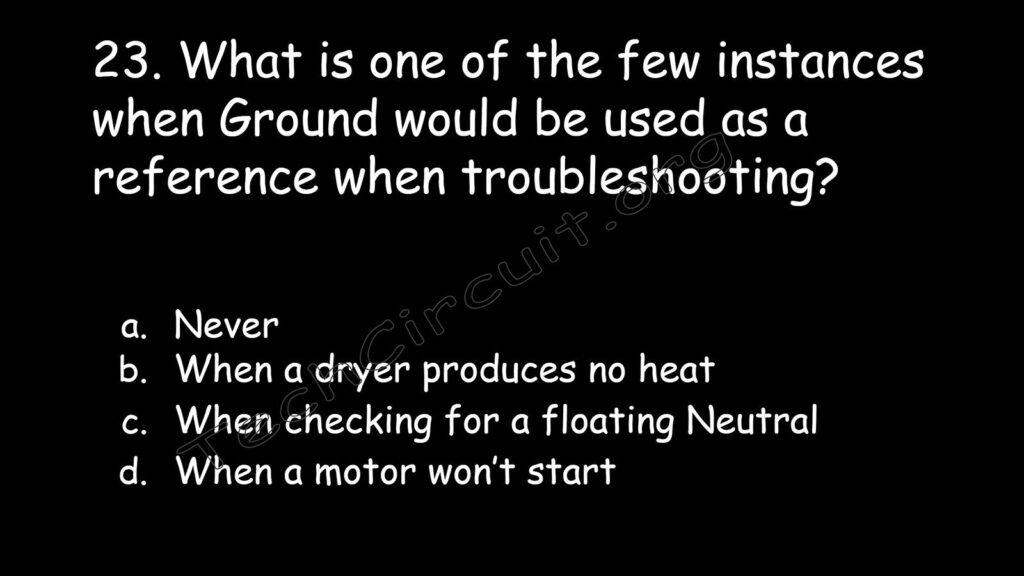
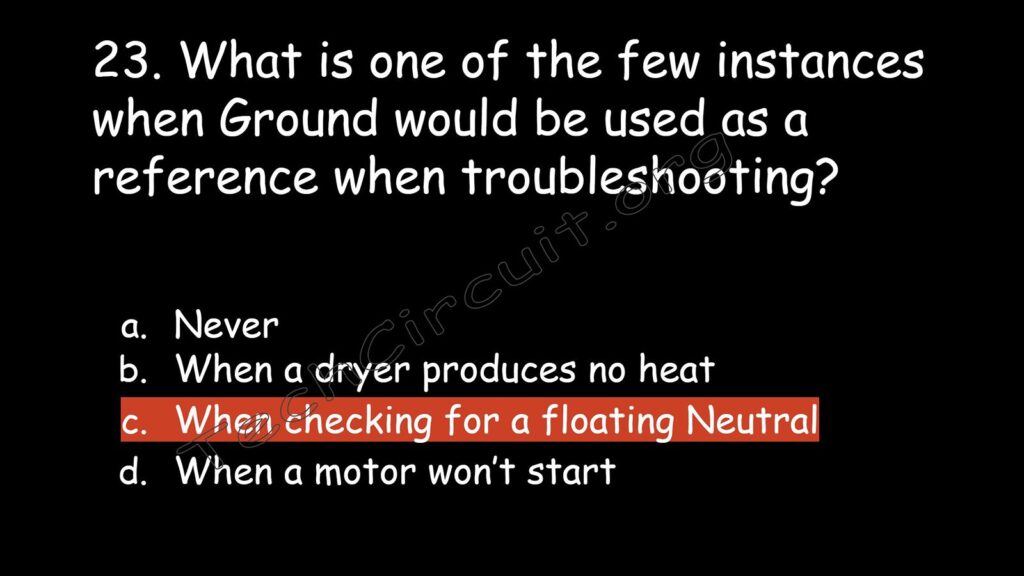
Question – Why should ground and neutral be electrically separated at the terminal block with a four wire cord?
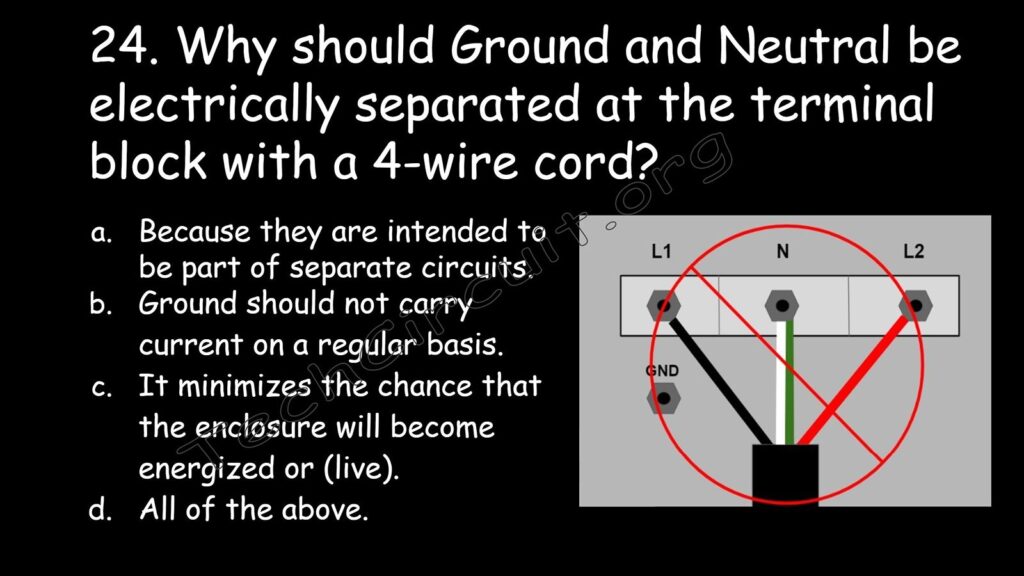
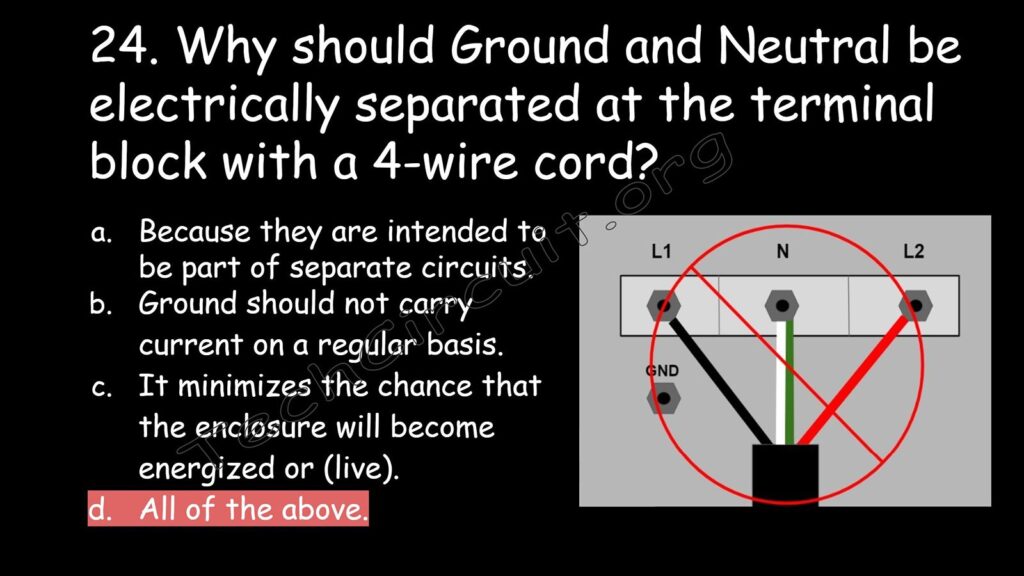
Conclusion
How did you do? If you want to sharpen your electrical theory skills re-do the questions you got wrong, until you score 100%. Learning and maintaining your knowledge of electrical theory is a never-ending process. Stay on top of your game. Be in the 100% club.
Don’t forget:
“Diverting 10 min/day of social media time towards learning something new, is 5 hours of newfound monthly knowledge.” – SM
To DONATE to the Tech Circuit – CLICK HERE
Alphabetical Links to all Tech Circuit Articles and Blogs – CLICK HERE
Links to all Tech Circuit Cheat Sheets/Field References for Appliance/HVAC Techs – CLICK HERE
For additional electrical and electronics learning material for field techs, visit the following links:
Homepage at http://www.TechCircuit.org
Facebook group at: https://www.facebook.com/groups/746823709133603
Youtube Channel: https://www.youtube.com/@TheTechCircuit
We are a participant in the Amazon Services LLC Associates Program, an affiliate advertising program designed to provide a means for us to earn fees by linking to Amazon.com and affiliated sites.
